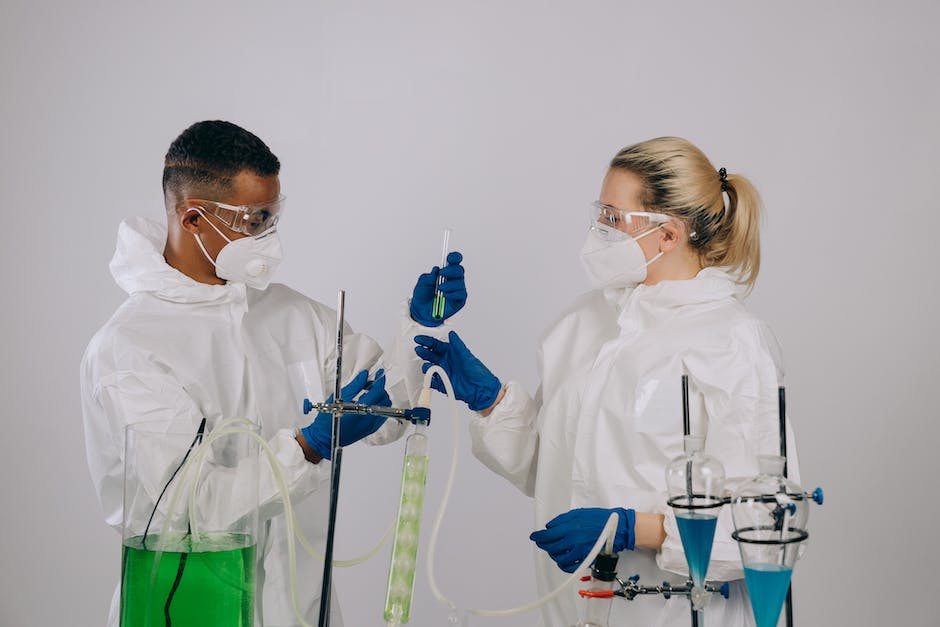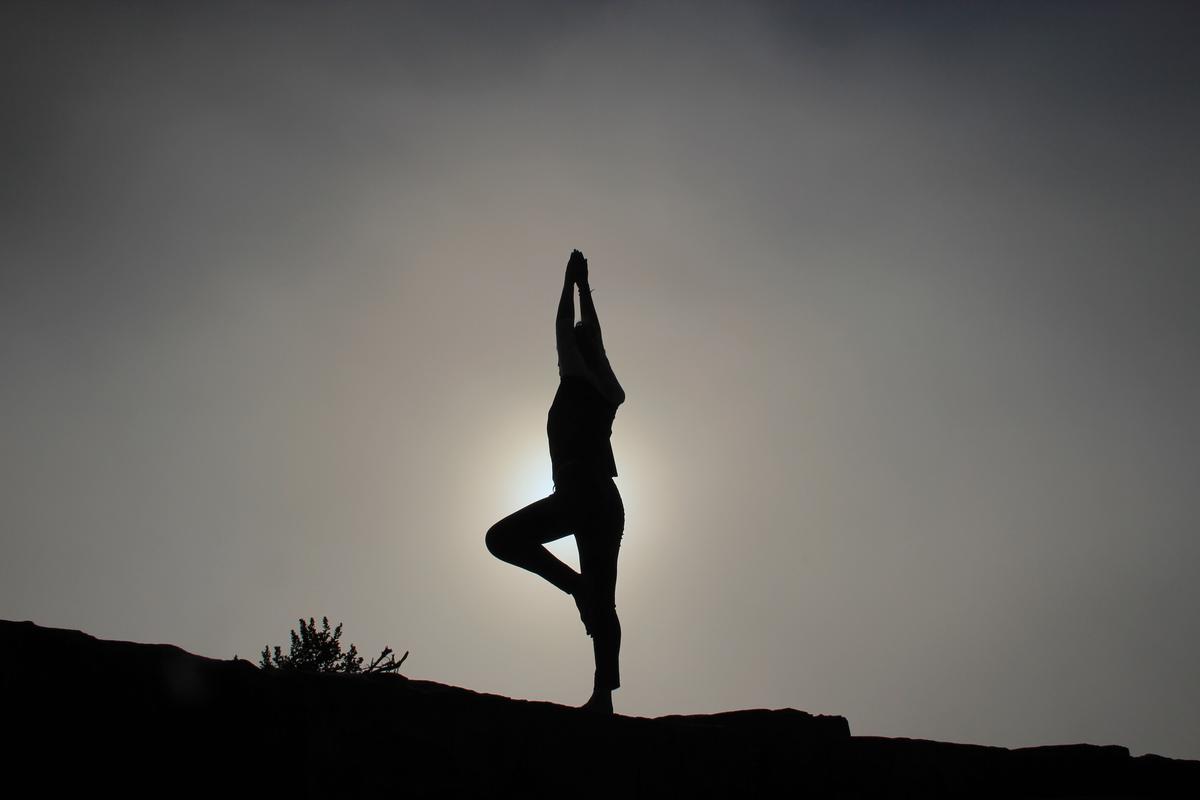Embracing the art of yoga can do a lot more than enhance flexibility and promote inner peace. It may also provide relief from common digestive ailments such as acid reflux. This condition, characterized by a burning sensation in the chest and discomfort in the upper abdomen, can hamper the quality of life. But incorporating specific yoga poses in your routine may help manage these symptoms effectively. This document encompasses understanding acid reflux, touching base with yoga fundamentals, and discussing certain poses that can aid in alleviating the discomfort caused by this condition. But as with any physical activity, practicing yoga demands caution and safety, especially when dealing with health conditions like acid reflux.
Understanding Acid Reflux
Understanding Acid Reflux
Acid reflux, also known as gastroesophageal reflux disease (GERD), occurs when acid from your stomach leaks upwards into your esophagus. This can cause a range of uncomfortable symptoms, including heartburn, regurgitation, and sometimes even difficulty swallowing. You may notice that these symptoms often worsen after eating a large meal, or when you lie down.
The root cause of acid reflux is a weakened lower esophageal sphincter (LES), which is a ring of muscle that functions as a valve between your esophagus and stomach. When this muscle is functioning properly, it forms a tight seal that keeps stomach acid where it belongs. However, if your LES is weakened or relaxed at the wrong times, it can allow stomach acid to sneak past, leading to acid reflux.
Certain factors can increase your risk of developing acid reflux. These include obesity, smoking, pregnancy, and certain foods, such as spicy foods, caffeine, alcohol, and high-fat foods. Some medications, including certain types of antidepressants, blood pressure treatments, and sedatives, may also contribute to the development of acid reflux.
Yoga for Acid Reflux
Certain yoga poses can help to alleviate symptoms of acid reflux. These poses generally focus on stretching the esophagus and diaphragm, which can help to strengthen the LES, reduce stress and stomach acid production, and promote proper digestion. Here are a few poses that may be particularly helpful:
- Seated Forward Bend (Paschimottanasana): Sit upright with your legs extended in front of you. Exhale and slowly bend forward from your hips, reaching toward your toes. Hold this position for several breaths, then relax and repeat.
- Legs-Up-the-Wall Pose (Viparita Karani): Lie flat on your back with your legs extended up a wall. This pose can aid digestion, reduce stress, and help to soothe acid reflux symptoms.
- Bridge Pose (Setu Bandhasana): Lie flat on your back and bend your knees, feet flat on the floor. Reach your hands toward your heels, then press into your feet to lift your hips toward the sky. This pose can strengthen the abdominal muscles and LES.
- Corpse Pose (Savasana): Lie flat on your back with your arms and legs comfortably spread. Close your eyes and focus on relaxation and deep breathing. This pose can help to reduce stress, which can in turn alleviate acid reflux symptoms.
Before starting any new exercise program, be sure to consult with a healthcare professional or a qualified yoga instructor. This is particularly important if you have any pre-existing medical conditions, injuries, or if you are pregnant.

Yoga Basics
Yoga Fundamentals
If you’re just starting with yoga, focus on learning the basics first. Begin by familiarizing yourself with some basic yoga poses, or asanas. Start with easy poses such as Child’s Pose (Balasana), Mountain Pose (Tadasana), and Downward-Facing Dog (Adho Mukha Svanasana). These foundation poses are easy to learn and help to improve flexibility, strength, and alignment.
Understand the principles of alignment in each pose. Proper alignment is the key to hold poses effectively and prevent injuries. For instance, in Mountain Pose, keep your feet hip-distance apart, align your hips over your ankles, and your shoulders over your hips. Keep your body evenly balanced on both feet.
Pranayama or breathing technique is another basic aspect of yoga. Learning to control your breath can aid in relieving stress and calming the mind. The most common and primary pranayama technique is the Three-part Breath or Dirga Pranayama. Here, you breathe into your belly, then up into your rib cage and then into your upper chest. Practicing this regularly will help you understand your breath’s natural rhythm, which will aid in more advanced practices.
Yoga Poses for Acid Reflux
Certain yoga poses can help alleviate the symptoms of acid reflux. Always start with a thorough warm-up, preferably a few Sun Salutations (Surya Namaskar), to prepare your body for the practice.
- Legs-up-the-Wall Pose (Viparita Karani): This pose can alleviate heartburn as it keeps the torso elevated and prevents the acid from causing discomfort. Position your hips close to the wall and extend your legs up against it. You can support your hips on a bolster or folded blanket for added comfort.
- Seated Forward Bend (Paschimottanasana): This pose aids digestion. Sit on the mat with your legs extended in front. While exhaling, bend forward from your hip joints, not from the waist.
- Supported Bridge Pose (Setu Bandhasana): This pose also helps with acid reflux. Initially, you might need a block under your lower back for support. Lie on your back with your knees bent and feet flat on the ground. Life your pelvis towards the ceiling.
- Corpse Pose (Savasana): It is typically used for relaxation at the end of a yoga practice. It helps in reducing stress, one of the contributors to acid reflux.
Remember to keep your focus on your breath throughout the practice. Gentle, controlled breathing is an integral part of yoga and aids in stress reduction. Practice these yoga poses regularly to help manage your acid reflux symptoms more effectively.

Photo by jareddrice on Unsplash
Specific Yoga Poses for Acid Reflux
Child’s Pose (Balasana)
One of the most soothing poses for acid reflux is the Child’s Pose. This pose eases the digestive system and promotes relaxation. To practice this pose, first, kneel on your mat with your knees hip-width apart and your feet together behind you. Take a deep breath in, and as you exhale, lay your torso over your thighs. Try to lengthen your neck and spine by drawing your ribs away from your tailbone and the crown of your head away from your shoulders. Rest your arms beside your legs, with palms facing up, and allow your shoulders to drop toward the floor. Stay in this pose for as long as you like. Then, slowly roll your body up.
Legs-Up-the-Wall Pose (Viparita Karani)
The Legs-Up-the-Wall Pose can help ease the symptoms of acid reflux by relaxing your diaphragm and chest muscles. Start this pose by sitting next to a wall with your right hip and shoulder touching it. Exhale and smoothly swing your legs up onto the wall as you pivot your body to lie down on your back. Try to get your sitting bones as close to the wall as possible. Leave your arms open at your sides, slightly away from your body, with palms facing up. Close your eyes and take several slow, deep breaths. Hold this pose for 5 to 20 minutes, then carefully roll to one side and slowly sit up.
Bridge Pose (Setu Bandhasana)
The Bridge Pose can stimulate the abdominal organs and improve digestion, which can alleviate acid reflux symptoms. To do the Bridge Pose, lie flat on your back on your yoga mat with your knees bent and feet flat on the floor. Your feet should be hip-width apart. Place your arms at your sides, palms facing down. As you inhale, push your feet and arms into the floor and lift your hips off the ground. Keep your thighs and feet parallel – resist the urge to splay your knees wide when lifting your hips. Interlace your hands beneath your back, if you can, and press your arms into the mat to lift your hips even higher. Hold this pose for 4-8 breaths, then release on an exhale.

Yoga Safety and Caution
Understanding Yoga Safety and Acid Reflux
Yoga can be a helpful tool in managing and alleviating symptoms of acid reflux, however, certain precautions should be taken to ensure it is practiced both safely and effectively. Discussing your intention to use yoga as a tool for acid reflux management with a healthcare provider is a necessary first step. They can provide tailored advice based on your specific condition, giving you a better understanding of any potential risks involved.
Identifying Potential Risks
When you begin your yoga journey, it’s crucial to identify potential risks, particularly when dealing with a health condition like acid reflux. Certain yoga poses could potentially alleviate symptoms, while others may exacerbate the condition. Poses that involve deep bends or those that place your head below your stomach should be avoided, as they can trigger acid reflux. The goal is to select poses that encourage a healthy digestive process without causing strain or discomfort.
Utilizing Yoga Props
It’s important to understand that yoga props can be incredibly useful, particularly when dealing with a health issue. Props like blocks, bolsters, and straps can provide extra support and help prevent strain or injury. For acid reflux, a yoga wedge prop can be particularly helpful. This can be used to elevate the upper body during poses or relaxation, helping to manage the symptoms of reflux. Props should not be seen as a sign of weakness, but instead as tools to aid your practice and keep your body safe and supported.
Listening to Your Body
The importance of listening to your body during yoga cannot be underestimated. It’s normal for certain poses to be challenging, however, you should not feel excessive discomfort or pain. It’s important to adjust your poses or take breaks when necessary, not pushing your body beyond its limits. In particular, pay attention to how your body responds to different poses in relation to your acid reflux. If a particular pose triggers symptoms, take note and discuss this with your yoga instructor or healthcare provider.
Practicing Mindful Breathing
Amidst all the poses and stretches, never forget the critical role of mindful breathing in the practice of yoga. Deep, controlled breathing can help in managing acid reflux by calming the nervous system and reducing the production of stress hormones that often exacerbate the condition. Remember to breathe consistently during your practice, keeping breaths smooth and even.
Closing Thoughts
Remember, regular practice and patience are key to enjoying the benefits of yoga. Everyone’s body is unique, so never compare your progress with others. Keep an open dialogue with your healthcare provider about your routine and any changes in your acid reflux symptoms. Yoga is about much more than physical flexibility – the true power lies in its ability to cultivate mindfulness and a deeper connection with your body. Embrace this journey with an open mind and remember, safety always comes first.

Photo by worldsbetweenlines on Unsplash
Recognizing the potential benefits of yoga for your digestive system and overall health is the first step towards managing conditions like acid reflux. Everyone’s body is unique and responds differently. Therefore, in spite of highlighting yoga poses that could aid acid reflux problems, it’s paramount that you listen and respect the signals your body is giving you. From exploring the basics of yoga, understanding how different poses impact acid reflux, to ensuring that you maintain the safety and caution in your practice, a personalized approach can make a notable difference. Indeed, yoga can be more than just an exercise, it can be a tool for maintaining and enhancing your health and wellbeing.

